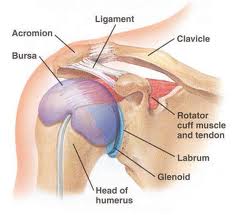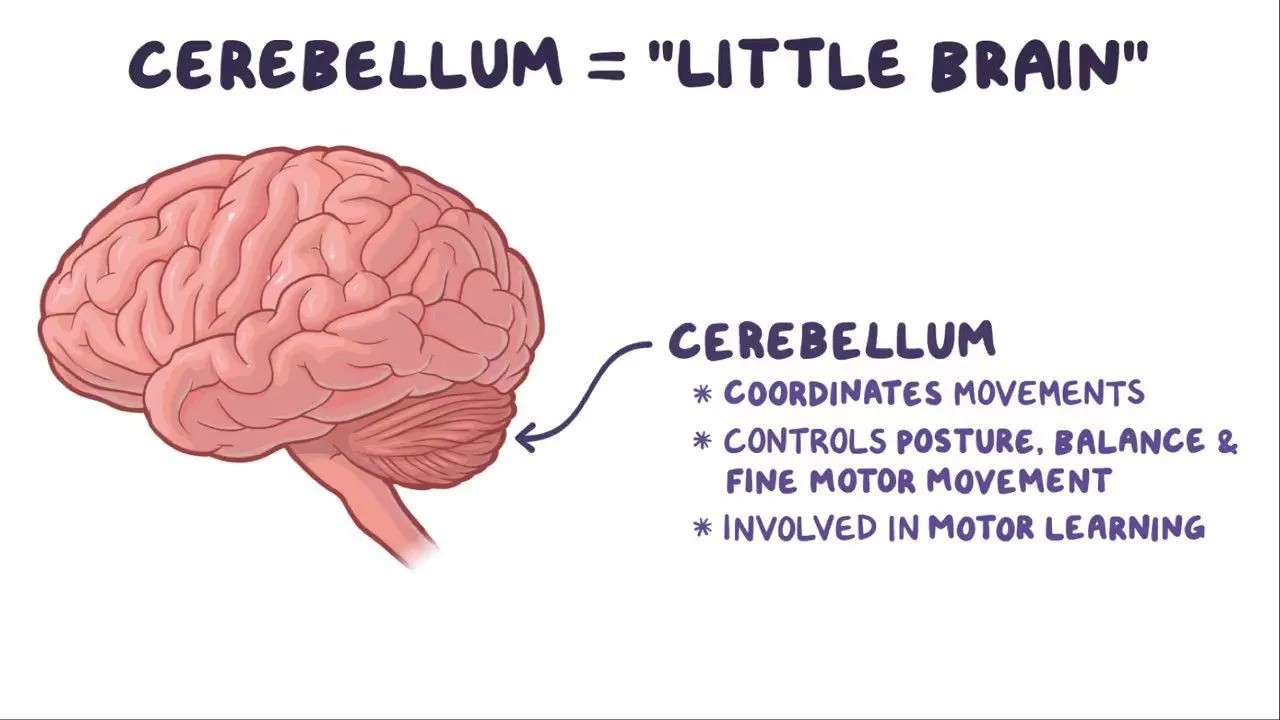Rotator Cuff Tendinopathy: Symptoms, Treatment & More
Physiotherapy
Rotator Cuff Tendinopathy

What is rotator cuff?
They are actually a group of muscles consist of Supraspinatus, Infraspinatus, Terres Minor and Subscapularis that works to stabilise our shoulder joint.
The shoulder joint is actually one of the most flexible joints in our body and to allow the multi-directional movements it requires lots of structure to stabilise it so the ball of the joint will not slip out of the socket!
It is more an umbrella term when we talk about rotator cuff tendinopathy. It often described as an inflammation of the tendons of the muscles mentioned above, the two major reasons of the problem are from overuse which creates a chronic inflammation or a torn tendon with repeated overhead activities includes swimming, golf, tennis and physical jobs. Rotator cuff injury is actually the most common cause of shoulder pain. When left untreated it can resulted in weakness and stiffness around the shoulder joint.
Symptoms:
- Pain around the shoulder joint and it can also goes down to the upper arm. The pain is usually described as a dull ache at rest and becomes a sharp pain while you raise your arm up above the head. It is also common to have night pain when you lie on the affected side.
- Occasionally a “click” in the joint with shoulder movement.
- Swelling at the front of the shoulder joint.
- Stiffness and reduced strength.
Luckily, physiotherapy is proven to be effective in relieving the pain and improve the range of motion with a wide range of treatments.
The physiotherapist can help to diagnosis your rotator cuff condition and provide the adequate treatment plan to resolve the problem. The main goal is to develop the strength of the muscles around to help support the joint.
Physiotherapy treatments:
- Education re postural correction, advice of anti-inflammation, correct techniques to perform activities, explanation of prognosis.
- Manual therapies including myofascial release, soft tissue massage and joint mobilisation for pain relief and stretching of the joint capsule.
- Drying needling when the pain is triggered by muscles knots from a tight muscle.
- Individualised and specific exercises program to target the muscle weakness, pain and range of motion. It should also be goal directed as people with rotator cuff injury have different personal goals in term of the rehab. However with this
- injury, as it involves the tendon, it is important to know it can take up to 6-12 weeks to see a significant improvement.



